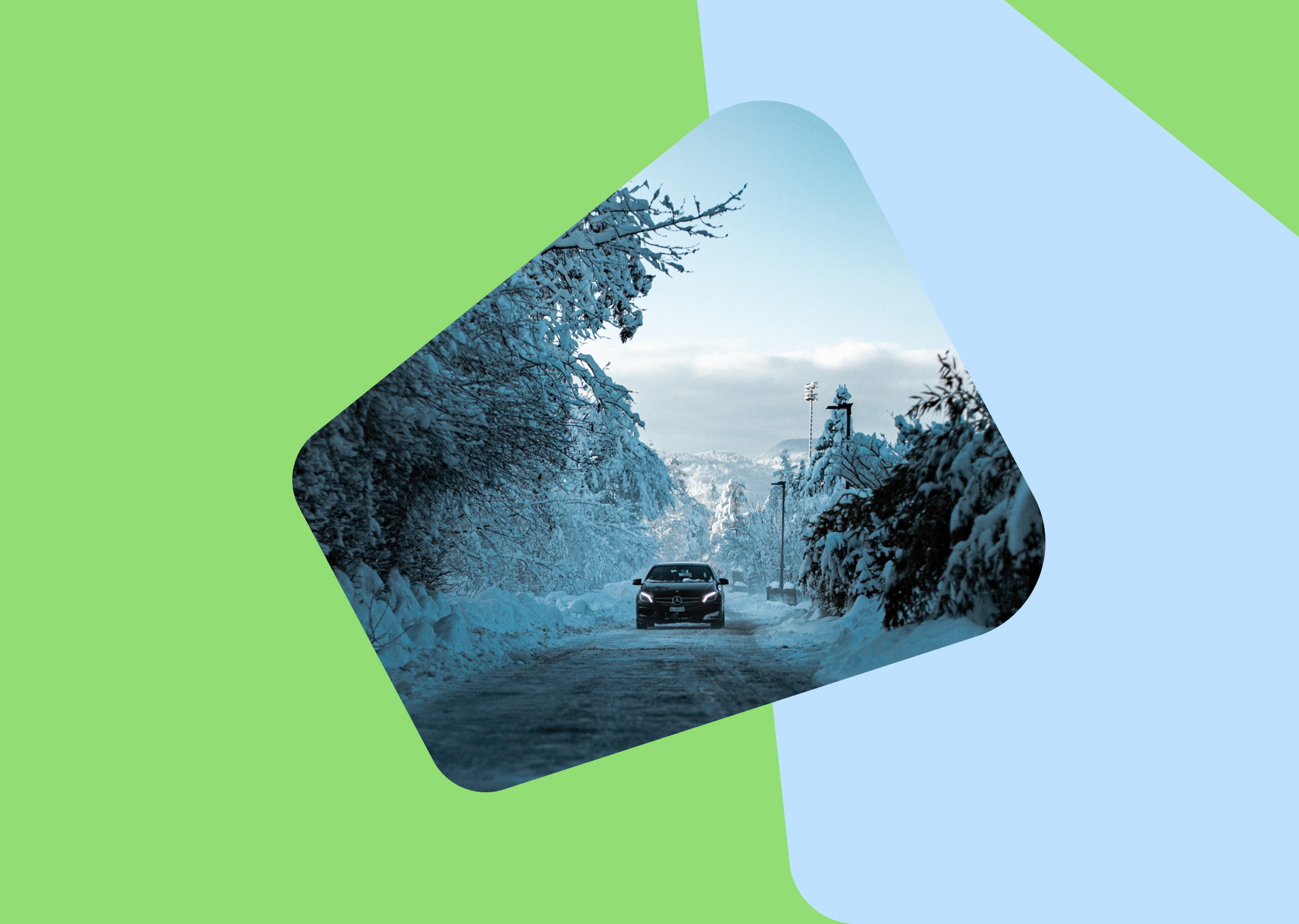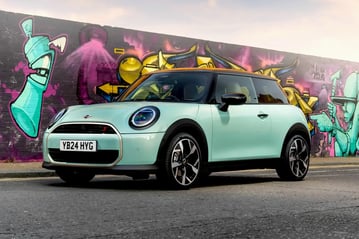- Carmoola
- Blog
- Tips and Advice
- Most Important Road and Driving Acronyms you Need to Know
- 🗞 Tips and Advice
- Last updated: Dec 3, 2022
- 5 Min Read
Most Important Road and Driving Acronyms you Need to Know
Written by

Verified by


See how much you can borrow in 60 seconds
| Representative Example | |
|---|---|
| Loan amount | £10,000 |
| Interest rate | 13.9% APR |
| 54 payments of | £246 |
| Total cost of credit | £3,284 |
| Option to purchase fee | £1 |
| Total payable | £13,285 |
It feels like every time anyone enters a new profession or learns a skill, they have to memorise a whole vocabulary to go with it. Learning to drive isn’t any different.
New drivers might feel overwhelmed by the terminology, traffic laws, and everything they need to know about how to operate a car.
We’ve put together a list of all of the most crucial driving acronyms and initialisms to help you feel like an expert.
1. ABS: Anti-Lock Braking System
Older cars have a complicated braking system, so ABSs are usually found on modern vehicles. ABS simply means that to stop, you have to push down on the brake.
2. ACC: Adaptive Cruise Control
This is another feature only found in modern cars. ACC allows the car to automatically monitor its speed and adjust if there’s another vehicle close by.
3. ADI: Approved Driving Instructor
Sure, you can learn to drive with a parent or friend with enough experience, but the best teacher is someone qualified. ADIs have received special training and can help you learn to drive and pass your test.
4. AEB: Autonomous Emergency Braking
If your car is likely to crash into another, just ahead, the AEB will step in and stop your car. Do check if the vehicle you’re driving has this feature!
5. AWD: All Wheel Drive
Sometimes called a 4x4, an All Wheel Drive means that the vehicle’s engine powers all of the wheels. Most cars only have their back wheels powered.
All Wheel Drives are less fuel efficient and therefore have a bigger carbon footprint, but they’re often more stable and powerful so they’re useful in extreme climates.
6. BEV: Battery Electric Vehicle
This is a vehicle that is powered by a rechargeable battery instead of petrol or diesel.
7. BLIS: Blind Spot Indication System
When you’re learning to drive, you realise that you need 360-degree vision, but you don’t have it. BLIS allows you to see obstacles through sensors on the wing mirrors or bumpers.
This is usually communicated through beeping or possibly with a small screen to alert you to the object's location. Again, you are only likely to find this on newer models.
8. CAZ: Clean Air Zone
Clean air zones operate in some UK cities, including Manchester and Birmingham. If your vehicle is deemed to be too polluting, you have to pay to drive there.
It’s worth paying attention to if you’re looking into buying a car. One of our articles has more about Clean Air Zones!
9. CGZ: Congestion Charge Zone
Similar to the CAZ, the CGZ are areas where you have to pay to drive. It costs £15 per day and includes most of London.
10. DVLA: Driver and Vehicle Licensing Agency
The DVLA is a part of the UK government, which keeps information on British drivers and their cars.
11. EV: Electric Vehicle
This term refers to all pure electric cars, and these are becoming more common these days!
12. EBA: Electronic Brake-force Distribution
This is when a vehicle’s brake technology automatically varies the amount of force applied to each wheel based on speed, road conditions and loading so the car brakes as safely as possible.
13. ESC: Electronic Stability Control
ESC is a technology that assists vehicle stability by detecting and reducing loss of traction. If the driver loses steering control, this automatically applies the brakes and helps to redirect the car as intended.
14. MOT: Ministry of Transport
This government department is responsible for making sure that cars are only on the road if they’re safe.
If you get a car, you’ll need to have it regularly checked in a garage and will report to the MOT. You will then be certified to drive your car for another year.
15. PHEV: Plug-in Hybrid Electric Vehicle
Plug-in hybrid electric vehicles (PHEVs) use batteries to power an electric motor and another fuel, such as petrol, to power an internal combustion engine (ICE).
16. RWD: Rear Wheel Drive
It's like an FWD, but the back wheels are powered instead of the front. This is the most common operating system for cars in the UK.
17. SORN: Statutory Off-Road Notification
If you’ve decided not to drive your car, you can complete an SORN for the DVLA. This tells the DVLA that you don’t need to pay road tax or insure your car.
18. ULEZ: Ultra Low Emission Zone
To help clean up London's air, the Ultra Low Emission Zone (ULEZ) operates 24 hours a day, seven days a week, every day of the year, except Christmas Day (25 December).
The zone was recently expanded to cover all areas within the North and South Circular Roads. Check if your car is on the list of those for which you need to pay a charge.
Transport for London, or TFL, has more information on this, so be sure to check it out.
Takeaway
Hopefully, this guide on the important driving acronyms helps new drivers! If you're still learning more about how to drive safely or how to take care of your car, we've got plenty of informative articles in our blog, so be sure to check them out! 😎
See how much you can borrow in 60 seconds
| Representative Example | |
|---|---|
| Loan amount | £10,000 |
| Interest rate | 13.9% APR |
| 54 payments of | £246 |
| Total cost of credit | £3,284 |
| Option to purchase fee | £1 |
| Total payable | £13,285 |
Related articles
What Are the Top 5 Used Car Websites in the UK?
Thanks to the internet, searching for a used car in the UK is easier than ever before. You can simply head online, visit a used...
What Is GMFV in PCP Car Finance? Guaranteed Minimum Future Value Explained
GMFV, or Guaranteed Minimum Future Value, is the amount your lender estimates your car will be worth at the end of your PCP...
Does Financing a Car Build Your Credit?
Financing a car can build credit when you make payments on time, but it can damage your score if you miss payments or take on...

.webp?width=832&height=592&name=customer-support%20(1).webp)










.webp?width=400&height=285&name=online-shoppers-with-dog%20(1).webp)


.jpg?width=500&height=356&name=Vintage%20car%20going%20to%20an%20old%20town-1%20(1).jpg)





